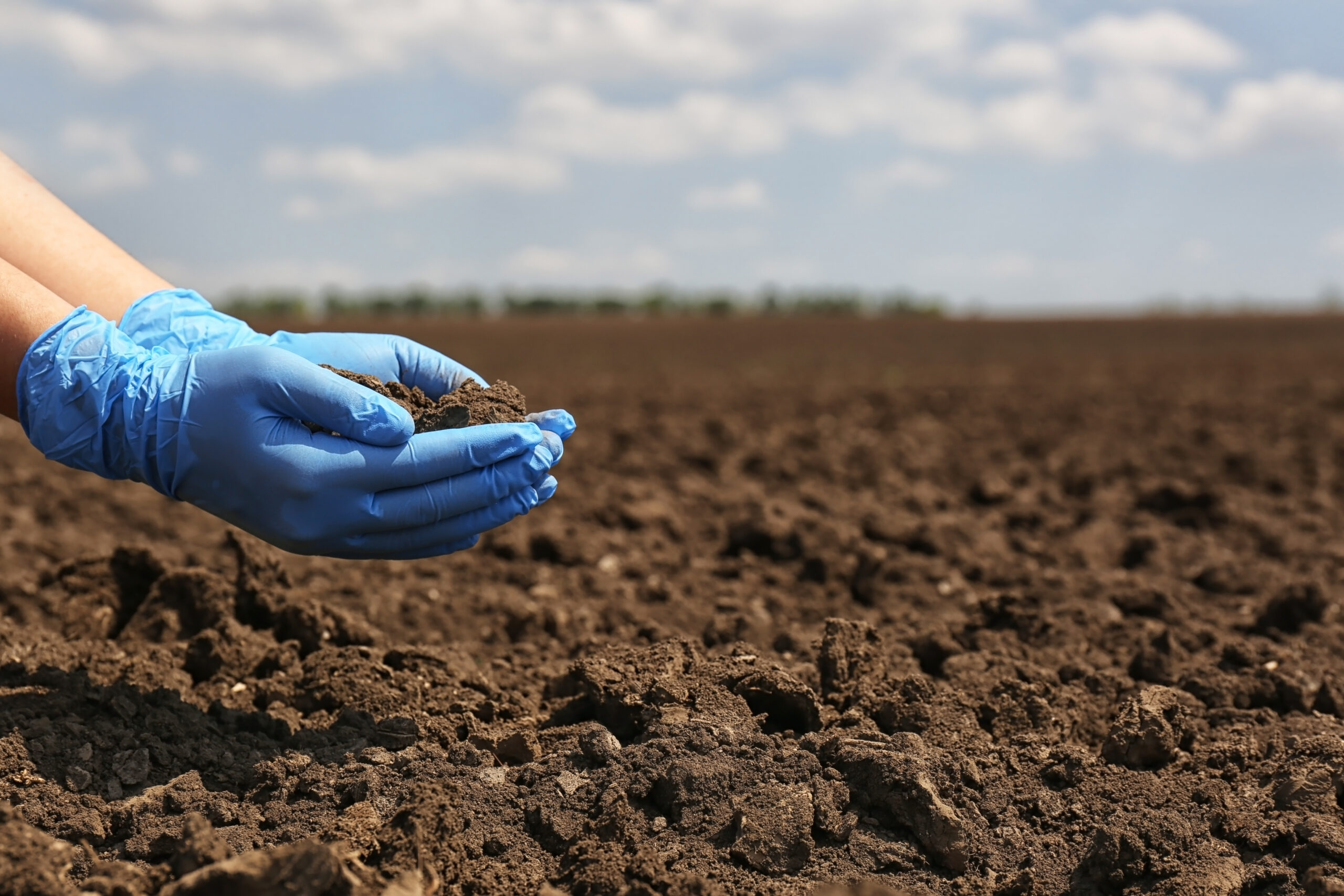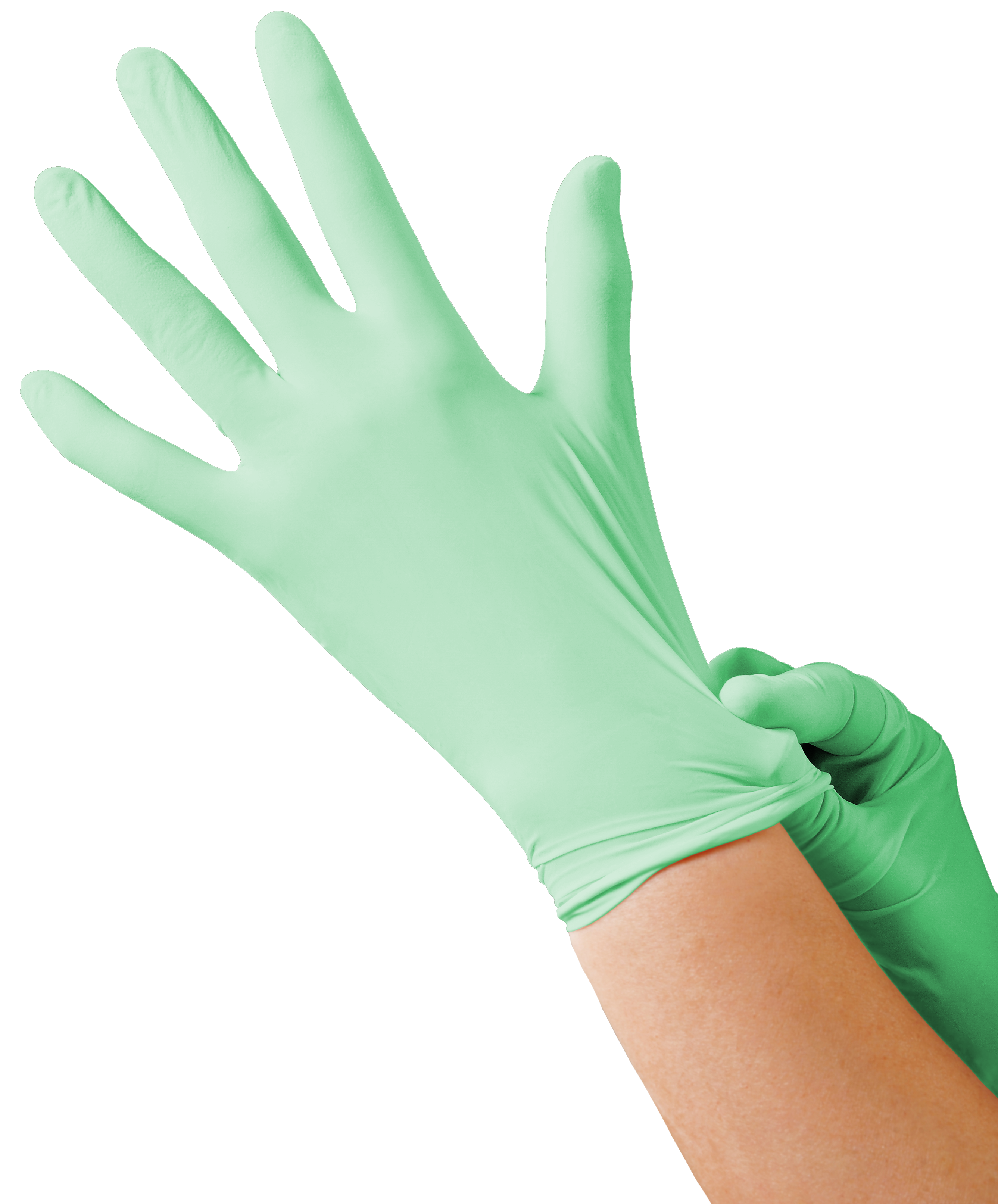Glove Intelligent Assistant
02.14.2023

The global demand for disposable gloves was around US$6 billion in 2019 and is expected to grow at a compounded annual rate of 10.6%–11.2% until 2027 at least (Patrawoot et al 2021). As the past blog posts have discussed, disposable gloves grow more in demand each year. It is evident that the industry has an impact on the environment, from the use of harsh chemicals in the manufacturing process to the energy cost of transportation. SW is aware of this and makes every effort to reduce the consumption of natural resources, support zero-waste emission efforts, recycle end-of-life products and packaging materials. We prioritize working with small to medium sized local vendors. All of our outer packaging is made of 90% recycled paper and our inner packaging is made from 70% recycled paper. Our EcoTek Sustainable Technology, which has been mentioned many times previously, is used in our disposable glove product series.
Although our nitrile gloves are considered single use gloves, they can be reused. In light of current events, with the COVID pandemic, there is a shortage of gloves in supply. Thus, many consumers are reusing their disposable gloves, often out of necessity rather than choice. A recent study by researchers at the University of Waterloo found that alcohol, UV and heat treatment could be acceptable disinfection methods that allow for disposable gloves to be used up to 20 more times. However, this is only possible if the glove can withstand 20 more uses. Not all gloves are made of the same quality. But how does one determine whether a glove can withstand multiple uses? Or that it can resist tearing and breakage during use?
What to Look for in Glove Quality:
1. Tensile Strength
2. Elongation Values
Reputable and honest manufacturers will always list these quantitative details in the product’s description. Disposable gloves are tested under the ASTM D412 standard, which states the minimum values for tensile strength and elongation values. Tensile strength is measured in the amount of force in pounds per square inch (psi or MPa) required to pull apart a product until material failure. Elongation is applying tensile force, stretching the material and determining the length difference from the original. If elongation is too low, the glove will tear easily if it gets caught on something. If elongation is too high, it may not be able to provide as much protection against permeation of chemicals. Too low in tensile strength results in a weaker glove and too high in tensile strength means the glove is easier to snap or break off when stretched as well.

The minimum tensile strength for nitrile exam gloves before aging is 14 MPa before and after aging. Nitrile gloves must have a minimum elongation of 500% before aging, and 400% after aging. Most of our nitrile gloves start at around 22 MPa (there are of course variations in numbers between product series, but they are always listed under the specification tab in the product description) before the tensile test and usually measure around 20 MPa. Before elongation tests, our nitrile gloves start with an elongation of around 560% and on average, end up at around 520% after the test (again, these values will vary depending on the glove series). A glove that has good, or high elongation, will stretch instead of tearing when snagged, and a glove that is not torn can be reused after being disinfected. There must be a careful balance too, as having too high tensile strength can make a glove uncomfortable to don and doff.
SW prioritizes transparency and quality, even making it easy for our consumers to reuse our disposable gloves should the need arise. Thus, both saving money and cutting down on carbon emissions in this time of need.